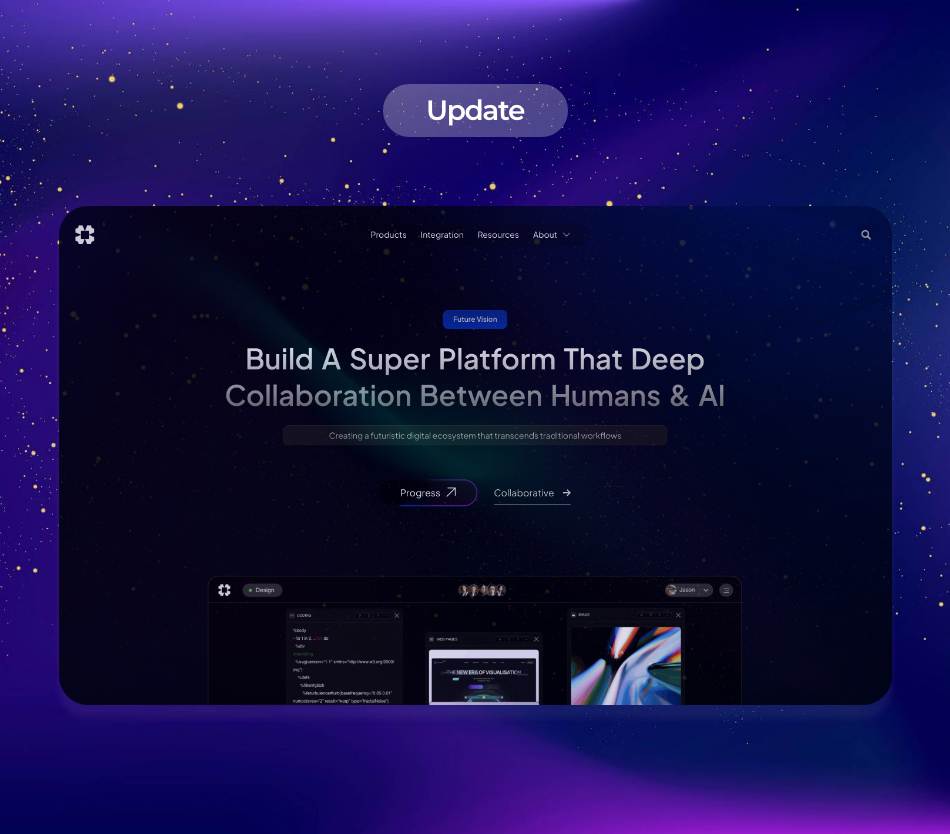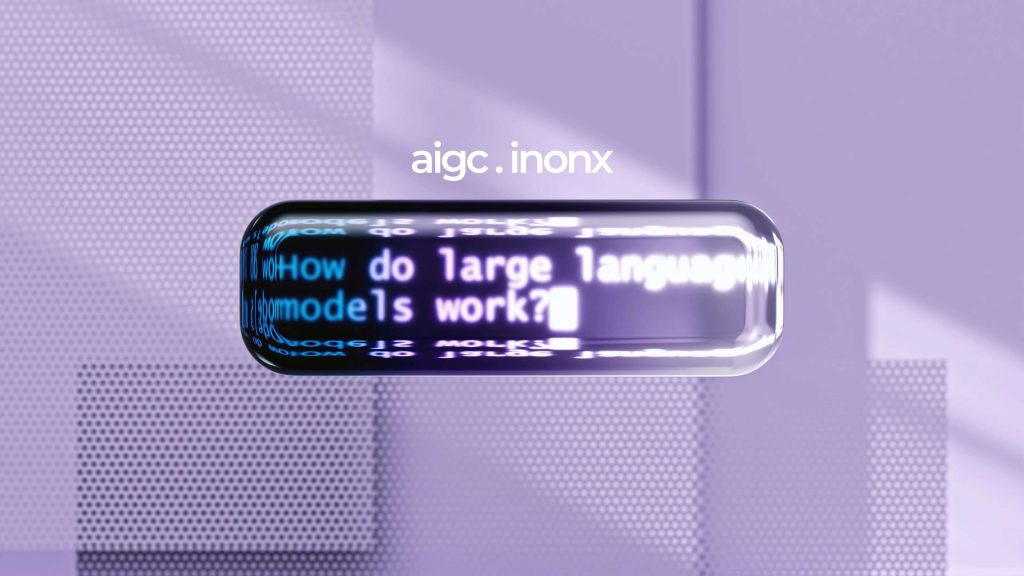In a rapidly evolving technology landscape, developers are constantly seeking innovative solutions to streamline application development and deployment. This article delves into Cross-platform AIOS, Cloud-native AIOS, and Smart Memory Management in AIOS, analyzing current trends, industry applications, and technical insights. As businesses increasingly rely on efficient and scalable solutions, understanding these concepts is crucial to stay ahead.
Transforming the development landscape, **Cross-platform AIOS** enables developers to build applications that run seamlessly across various operating systems. This approach significantly reduces development time and costs, allowing businesses to reach a broader audience. The demand for cross-platform solutions is escalating; according to a market research report by Statista, the number of cross-platform app downloads is projected to exceed 294 billion by 2023. By adopting Cross-platform AIOS, developers can create adaptable applications that provide consistent user experiences on multiple devices, from smartphones and tablets to desktops.
From a technical standpoint, cross-platform development frameworks such as React Native, Flutter, and Xamarin are game-changers. These frameworks empower developers to write a single codebase while ensuring compatibility with numerous platforms. For instance, React Native employs native components, resulting in performance that rivals fully native apps. Moreover, Flutter offers a unique rendering engine that enhances visual appeal. This synergy of performance and efficiency allows developers to invest more time in innovative features rather than managing platform-specific issues.
**Cloud-native AIOS** is another trend reshaping application development. By leveraging the cloud, businesses can enhance scalability, flexibility, and responsiveness. Cloud-native AIOS enables the seamless deployment of applications across various cloud environments, such as AWS, Azure, and Google Cloud. As organizations adopt DevOps practices, integrating AI into cloud-native architectures becomes increasingly vital. AI algorithms can optimize resource allocation, automate updates, and predict potential failures, ensuring a more reliable user experience.
According to a report by Gartner, the global cloud-native application development market is anticipated to reach $25 billion by 2025. Cloud-native AIOS provides businesses with the ability to scale applications automatically based on demand, reduce infrastructure costs, and foster collaboration among teams worldwide. With container orchestration tools like Kubernetes, developers can efficiently manage microservices architectures, enabling continuous deployment and integration.
An important facet of AIOS development is Smart Memory Management. As applications grow in complexity, effective memory management becomes essential to maintain optimal performance. Poor memory management leads to frequent crashes, performance degradation, and decreased user satisfaction. By employing smart memory management techniques, developers can allocate resources efficiently, minimizing the possibility of memory leaks and fragmentation.
Smart memory management strategies involve techniques like garbage collection, memory pooling, and data caching. For instance, garbage collection automates the process of reclaiming memory occupied by objects that are no longer in use, thus preventing memory leaks. Similarly, memory pooling allows frequently used objects to be stored and reused, reducing the overhead of constant allocation and deallocation. Data caching further enhances performance by storing frequently accessed data in memory, drastically reducing data retrieval times.
**Industry Applications and Use Cases of AIOS Solutions**
Various industries are already harnessing the power of Cross-platform AIOS and Cloud-native AIOS to drive innovation. In healthcare, companies are developing cross-platform mobile applications to enhance patient engagement and streamline communication between healthcare professionals. For instance, applications that allow telemedicine services can connect patients to doctors through intuitive platforms, enabling consultations and remote monitoring across multiple device types.
In the financial sector, fintech companies are providing cloud-native solutions to enhance customer experiences and streamline operations. By implementing cloud-native architectures, these organizations can rapidly deploy new services, scale applications according to user demand, and improve security measures. For example, a cloud-native payment processing solution can handle vast transaction volumes during peak times without compromising on performance or security.
E-commerce businesses are also benefiting from AIOS advancements. By employing cross-platform app development strategies, retailers can create a unified shopping experience across web and mobile platforms. Furthermore, using cloud-native technologies allows these retailers to maintain extensive product catalogs and user data securely, providing personalized experiences and targeted marketing campaigns.
**Technical Insights: How AIOS Is Shaping the Future of Development**
The integration of AI into application development processes is transforming the industry. AI-powered tools can assist developers by automating repetitive tasks like code reviews, testing, and bug detection. For example, tools like TensorFlow and PyTorch are empowering developers to build more efficient machine learning models, which can then be easily integrated into applications.
Additionally, the use of AI algorithms in smart memory management enhances the overall performance of AIOS applications. By analyzing usage patterns and making real-time adjustments, these algorithms can predict and prevent memory-related issues, ensuring a seamless user experience.
Security is another critical aspect driving AIOS adoption. As applications become more connected, the importance of robust security measures cannot be understated. AI-driven security solutions can identify potential threats in real time, providing businesses with actionable insights to safeguard sensitive data. These AI tools continuously learn and adapt, allowing for a proactive approach to cybersecurity.
**Looking Ahead: The Future of AIOS Solutions**
As we embrace the future, AIOS solutions will continue to evolve and improve, offering developers innovative tools and frameworks to enhance productivity. The growth of 5G technology and the Internet of Things (IoT) will open new avenues for AIOS applications, allowing for smarter and more efficient devices that communicate seamlessly.
Moreover, advancements in AI will further drive the development of smart memory management solutions. As these technologies converge, we can expect applications to become even more intelligent, capable of adjusting their resource usage dynamically and optimizing performance based on user behavior.
In conclusion, the confluence of Cross-platform AIOS, Cloud-native AIOS, and Smart Memory Management is transforming the application development landscape. By leveraging these innovative technologies, businesses can build adaptable, scalable, and secure applications that cater to an increasingly tech-savvy audience. As we move forward, staying abreast of these trends and solutions will be essential for organizations seeking to thrive in an ever-changing digital world.
**Sources:**
1. Statista, “Global app downloads from 2010 to 2021, by platform.”
2. Gartner, “Forecast: Cloud-native Applications, Worldwide, 2018-2025.”
3. IBM, “The Future of AI and Machine Learning in Application Development.”
4. McKinsey, “The Future of the Fintech Industry: Growth and Trends.”
5. Forrester, “Cross-Platform Development: Trends and Technologies in App Creation.”
As technology continues to evolve, keeping abreast of these developments will empower businesses and drive the next wave of digital transformation.



























